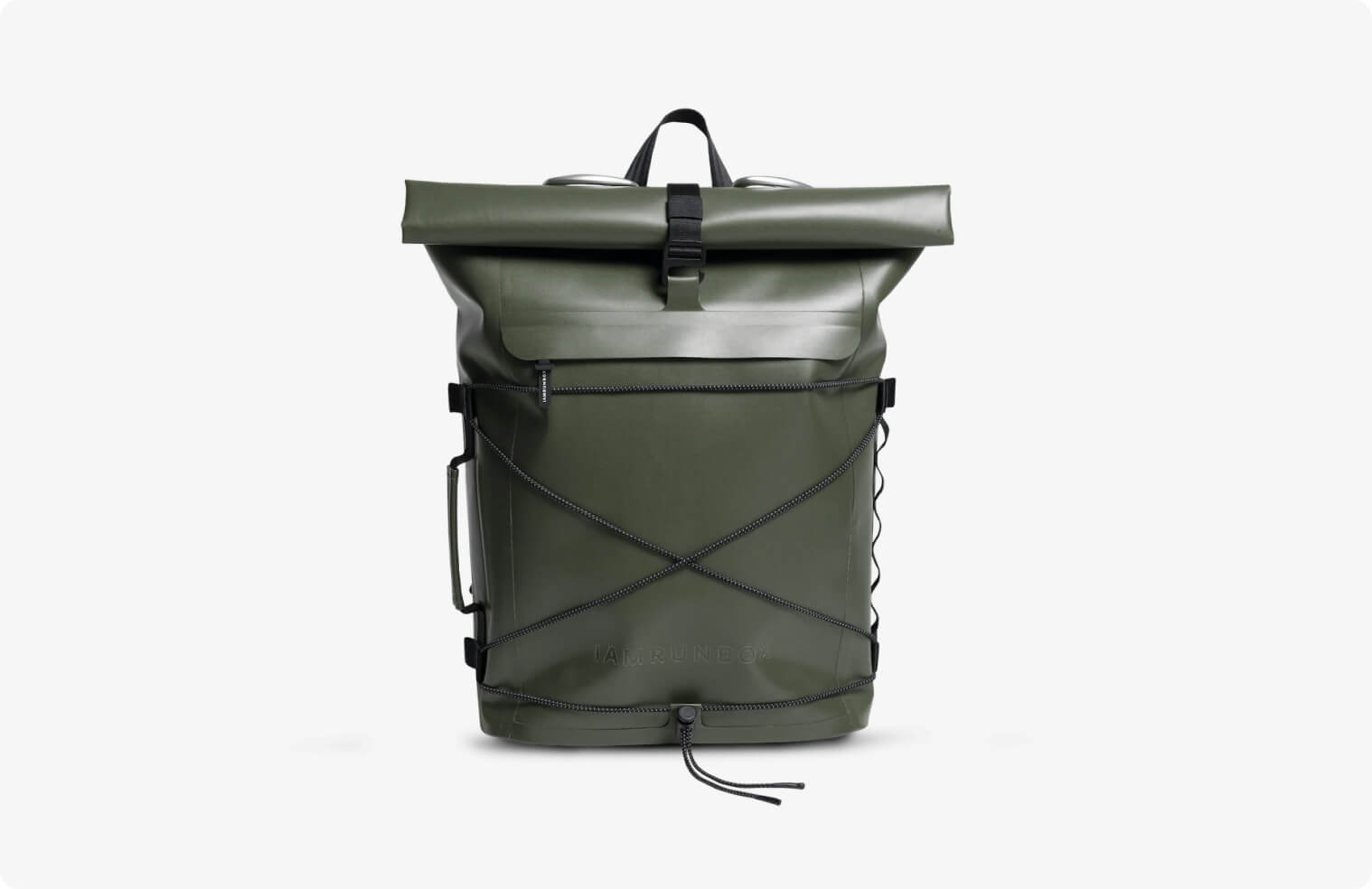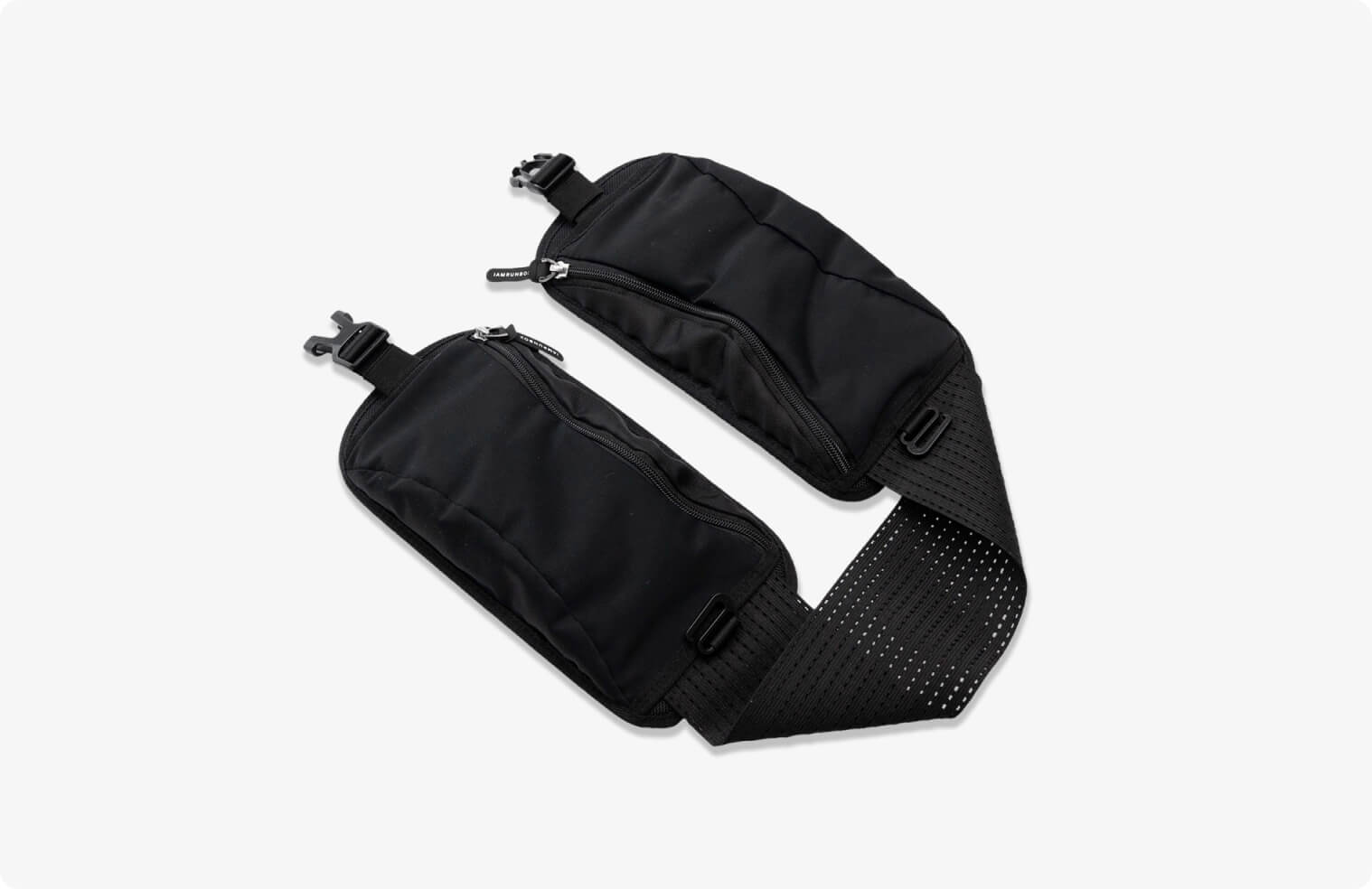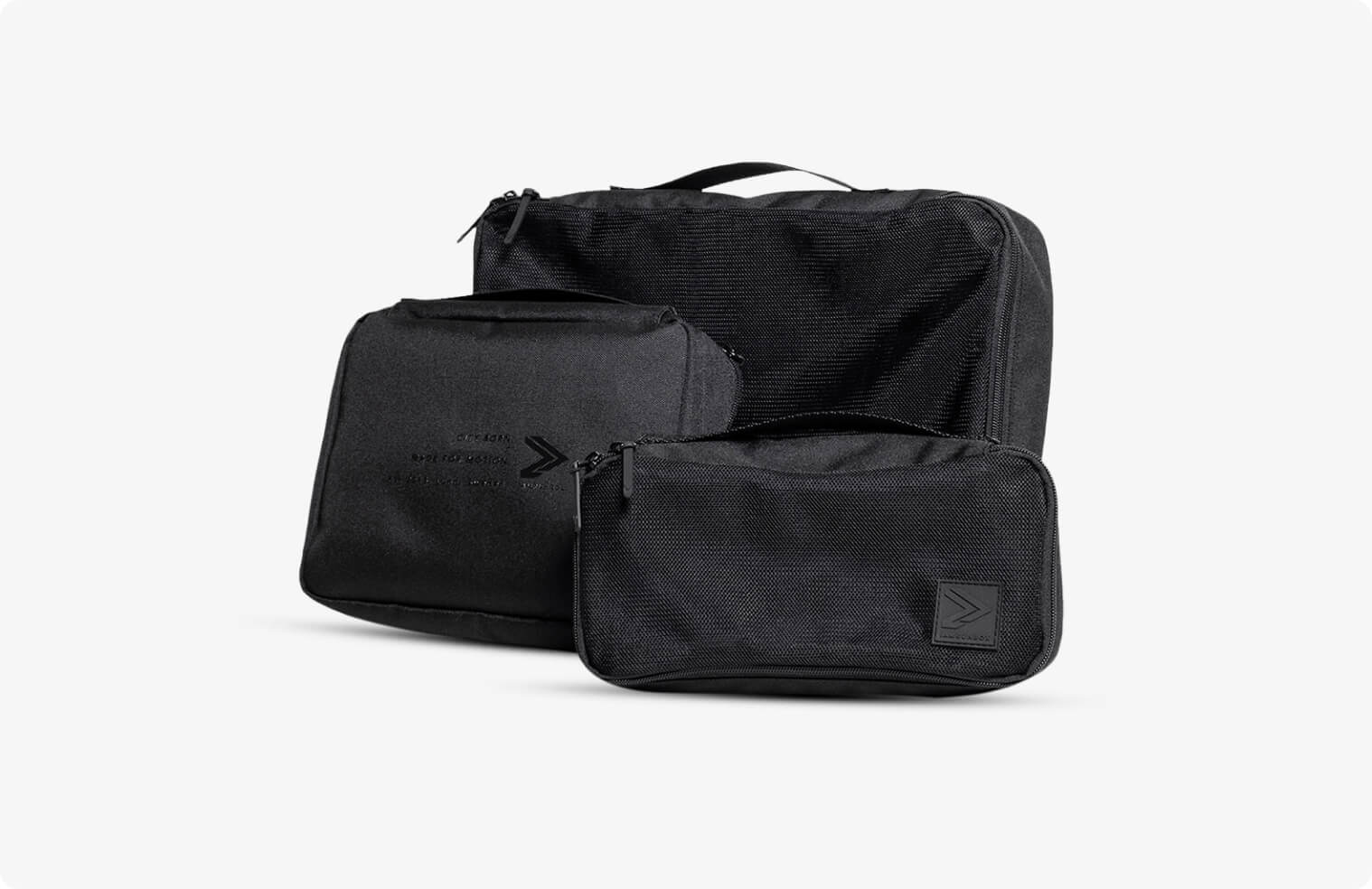
4 of the Best Exercises for Reducing Student Stress
University life can be stressful. Along with most students probably navigating independence for the first time - forming new relationships while balancing old ones and figuring out how to manage personal responsibilities on their own - there are exams, papers, group projects, and more.
But if you’re a college or university student, we don’t need to tell you the pressure you’re feeling from all the different directions; whether they’re academic, financial, familial, social, societal, or whatever else the world comes up with, like (for example) a global pandemic affecting every aspect of life for everyone - even how to run.
So how do you deal with all that stress? Well, on top of maintaining a healthy communication of your emotions to family and friends, working to balance all aspects of your life with plenty of rest so you don’t get overwhelmed, and going to a mental health professional if you need to, there’s working out. Seriously.
Consistent and regular exercise has been scientifically proven to counter the physical effects of stress, reducing the amount of the stress hormone cortisol and even sometimes increasing endorphins, hormones that create feelings of happiness, pleasure, and relaxation. But not all workouts are equal in their relief; here are four of the best exercises you can do to feel less stressed, including some other benefits and how to start making them part of your life.
Check our Spin Bags - perfect for gym, cycling, hiking, and everyday use
Running
No other sport or workout gets paired with the word “high” to describe its mental effect. That’s how effective at reducing stress running is. The famed “runner’s high” is a flood of endorphins, a natural opiate, and -- according to research from 2015 -- endocannabinoids, a natural form of THC (like in marijuana), hitting your brain and nervous system, unlike any other exercise-induced stress relief. The thing is, to reach the runner’s high requires consistent and repeated running, usually of an extended period each time (between one to two hours is the general rule).
An excellent way to fit running into your schedule is to try a run commute. Whether it’s coming home at the end of the day or even going back and forth from campus, all you need is a running backpack (along with your other running gear), which is specially designed to reduce bouncing and keep your things dry. Starting out easy, with walking breaks along the way, is best. It’ll build up your endurance, and before you know it, you’ll be cruising at a steady pace for long stretches and pushing yourself further and further as you feel the high.
The benefits of running: There are a ton of other benefits to running, other than the runner’s high, of course. It’s one of the best cardiovascular activities and a serious calorie burner. And along with your legs, it also works out your core, giving a near whole body workout. There’s even evidence that it helps improve memory and concentration.
The RunMask - one of TIME's Best 2020 Inventions
Yoga
Probably the exercise most well-known for reducing stress, yoga has a reputation for stress-free practitioners. Studies have proven that yoga can decrease the physical signs of stress, the body’s cortisol levels and lessen the actual emotional feelings of it. In one study, 131 people who participated in a 10-week yoga program reported feeling lower levels of stress, as well as less anxiety and depression. There’s also evidence that practicing yoga can improve the overall quality of life, boost energy, lessen chronic pain, help with sleep, and much more.
It may sometimes feel like there’s a barrier to get started in yoga, like you need a certain level of skill or flexibility. But that’s just not true; yoga is for everyone! Aside from being a stress-reducing activity, yoga also helps with strengthening muscles and breathing.
A good way to get started with yoga: Internationally renowned yoga instructor Adriene Mishler is the perfect place to start for anyone at any skill level. She’s taken pretentious out of the practice and reduced the barrier for entry. You can find her free exercise videos on her website and her YouTube channel.
Read Also
3 Reasons to choose a waterproof roll top backpack to go hiking
Choosing The Perfect Everyday Cycling Backpack
Barre
Maybe not that well-known yet, since it didn’t really attract a more mainstream audience until the 2010s, barre is an exercise circuit incorporating yoga, pilates, and dancing with ballet movements. While group classes tend to use a ballet barre during practice, routines are available using only your body weight. The focus required on each movement while keeping your body and posture stable helps connect body and mind, and the yoga elements benefit your cortisol levels. Research has also shown that the strength training aspect of barre fitness can encourage better sleep.
Like some yoga routines, barre incorporates deep breathing and relaxation techniques that help strengthen your resting rate and raise your oxygen levels, two things that are essential for how your body physically handles stress. Barre classes also commonly use upbeat music, which has been proven to increase dopamine, the neurotransmitter responsible for pleasure, in the brain.
A tip to get started with barre: Finding and taking classes at a barre studio is the most obvious way to get started, but classes can be kind of pricey -- plus, there is that whole pandemic thing going on. A good introduction that you can try to see if barre is for you is this workout specifically designed to be done at home by Sadie Lincoln, the founder of the Barre3 chain of barre studios.
Read Also
Your guide to outdoor exercising during COVID-19 times
Tai Chi
The non-competitive martial art form tai chi originates from China and is probably one of those exercises you hear about to reduce stress but would never think of as something you could easily try. It turns out it is! Often described as “meditation in movement”, tai chi can be done by anyone, no matter their physical shape or health. It can be practiced throughout your entire life.
The underlying philosophy is to respond to an attacking force with soft acceptance and join its movement, instead of directly opposing it, eventually exhausting and redirecting it. Tai chi features both a solo style, known as “taolu”, and a style practiced with a partner, called “tuishou”, with each consisting of a series of slow movements incorporating a practical and natural range of motion, deep breathing techniques, and holding a straight spine.
Although there’s not as much scientific study around Tai Chi as other exercises, it has been shown to reduce cortisol and stress. A 2018 study with 50 participants found it reduced stress-related anxiety just as well as any other workout. But the researchers also note that tai chi’s use of meditation and focused breathing could make it even more effective.
The benefits of Tai Chi: The numerous additional health benefits of tai chi have been well-documented. It strengthens muscles, improves flexibility and balance, and has even been shown to do some aerobic conditioning. Other evidence suggests that tai chi can also help improve mood, sleep, and cognition
Read Also
3 Reasons to choose a waterproof roll top backpack to go hiking





